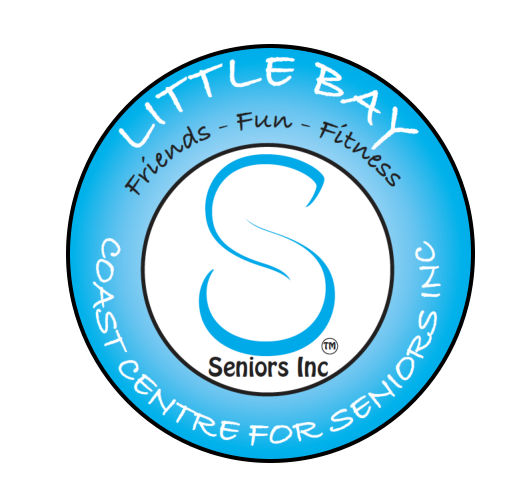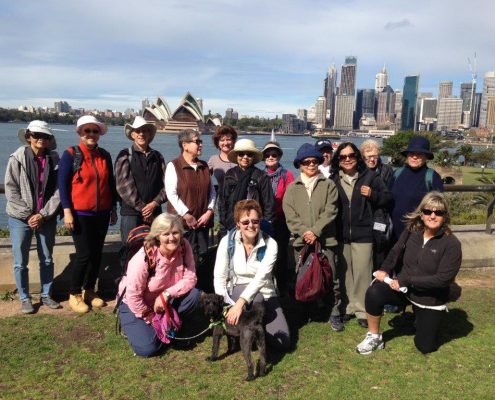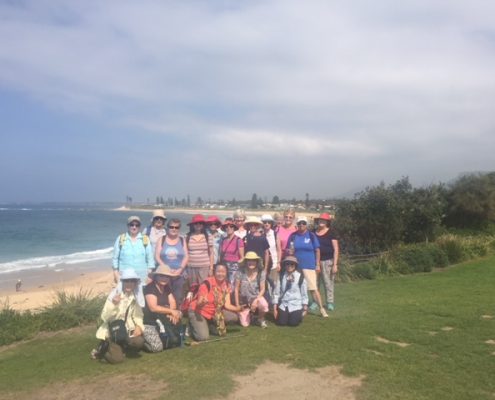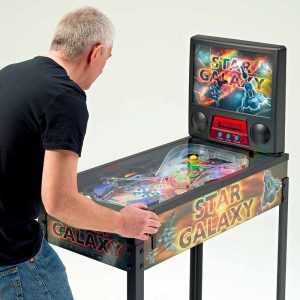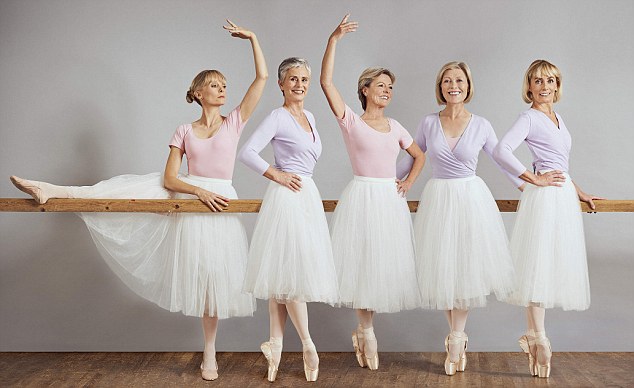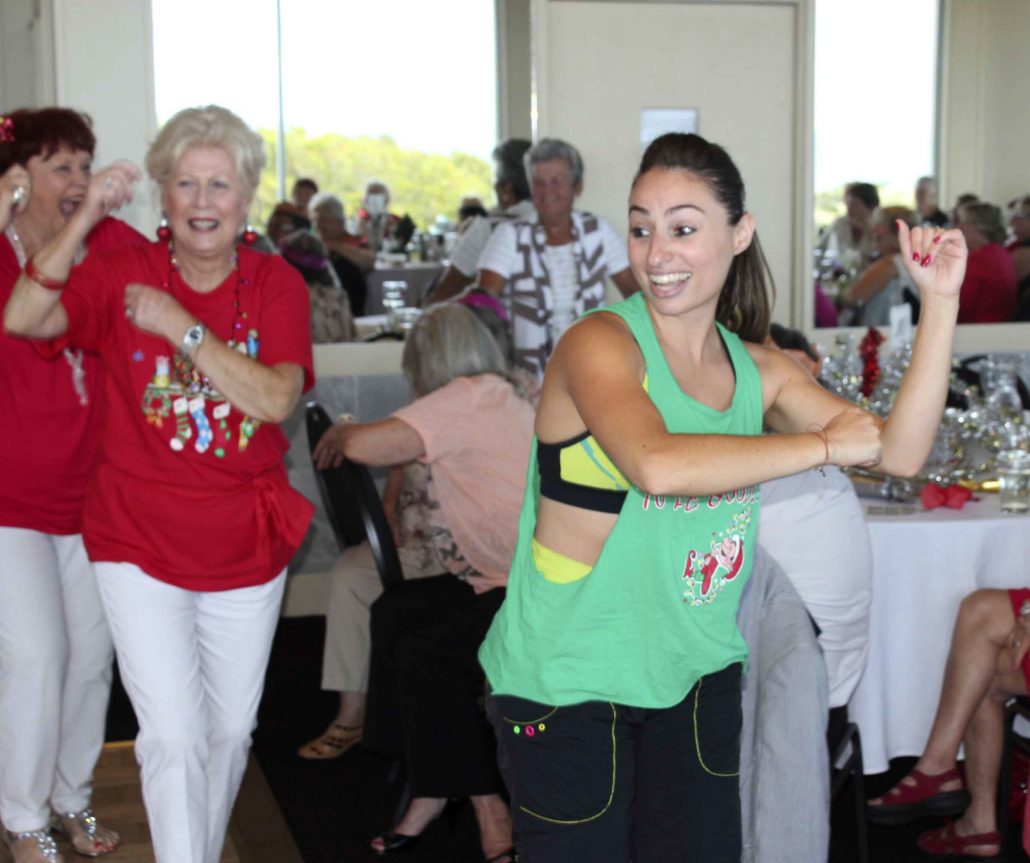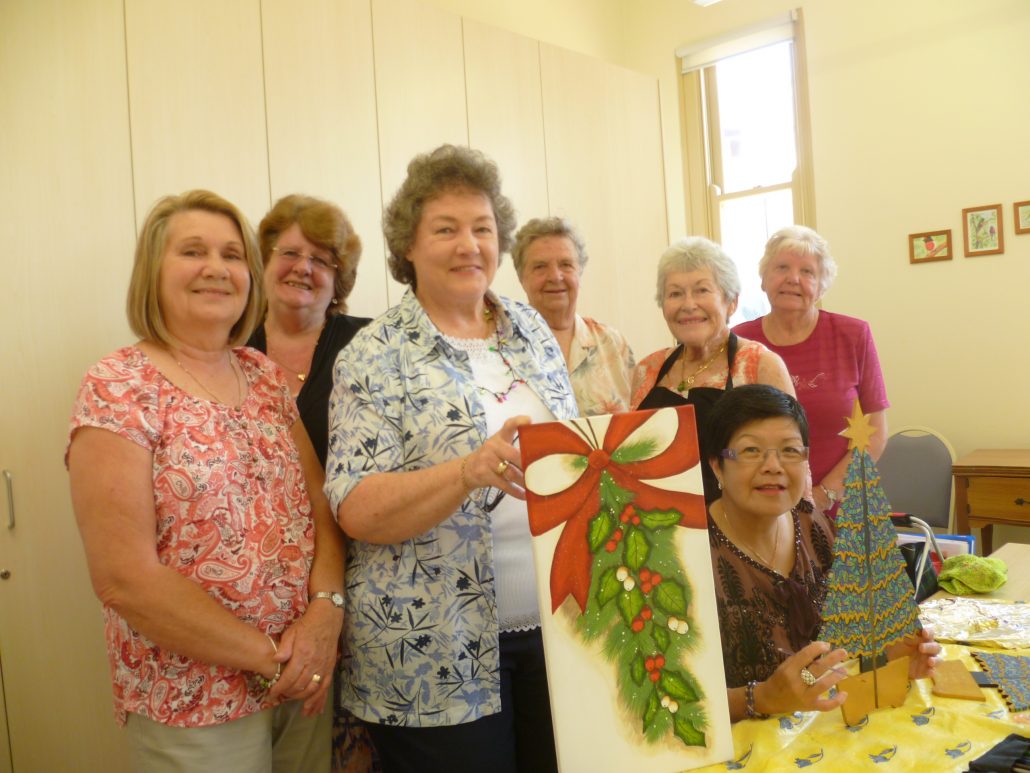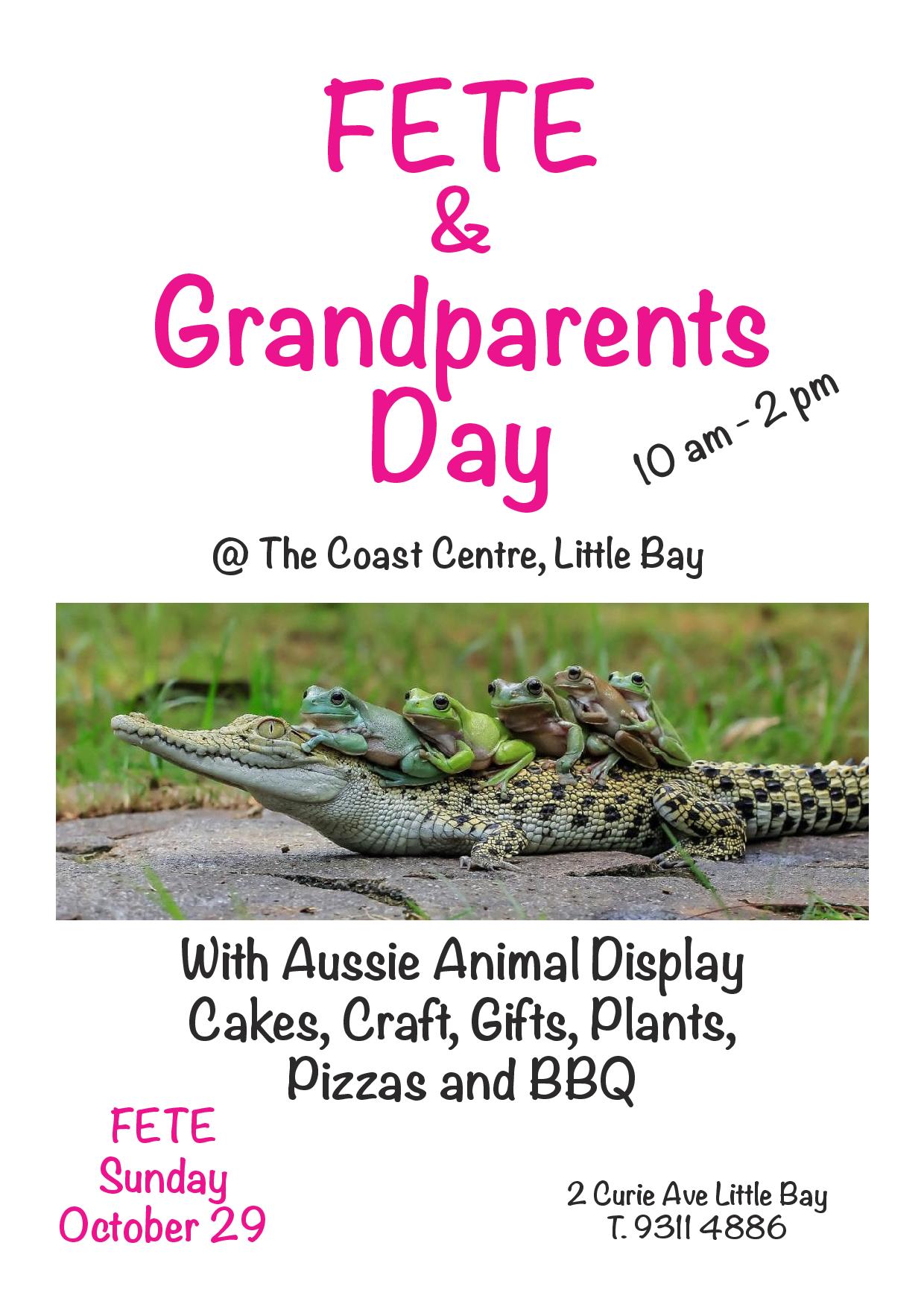New Class To Relieve Tension

Inner Moves – Mind Movement Dance (MMD)
Inner Moves Education provides well-being tailor made programs filled with tools to nurture and empower the self-healing journey.
This program, specifically designed by Tanya Brooks for Seniors, helps you put your mind in a calm state of being, you will lean simple tools to help you cope with daily life challenges, help aid the body to freely release tension, stagnated energy, move naturally from stresses to deep relaxation and dancing to keep the brain active. as it stimulates vitality and muscle memory.
How It Works:
Through mind exercises, movement and dance, these eight week courses are designed to assist you:
- Reconnect socially
- Focus and concentrate
- Improve memory
- Reduce stress and tension
- Reduce blood pressure
- Increase bone density
and so much more..
MMD
This unique fusion of mind exercises, movement and dance provides many well-being benefits and tools for those of all ages. Truly unique and fun, while at the same time improving health and well-being.
Mind Exercise:
Each week everyone will learn a new mind exercise which will incorporate anything from breathing techniques, meditation, muscle progressive relaxation, focus and music meditations and more.
Movement:
Starting with a full body gentle warm up, some elements of Tai Chi and more.
Dance: (No experience needed)
Everyone will be learning easy to follow choreography which keeps your brain active, as it stimulates vitality and muscle memory and creates strong social connections that increase your sense of happiness and well-being.
It’s in the action where the healing happens
Starting Thursday 3rd May 2018 at 1 pm until 2 pm
$10 per class
